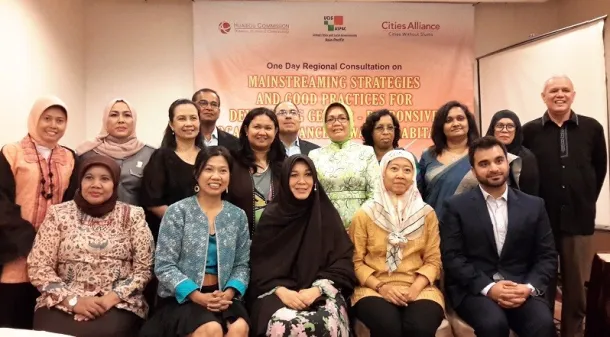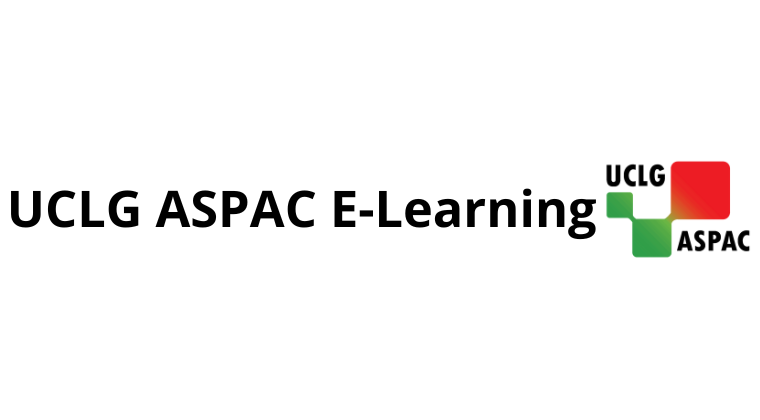Policy & Research
Women In Local Governments

Channel Hub:
ALTHOUGH women have enjoyed much more privilege today than they did many decades and centuries ago, there still exist some degree of inequality and inequity against them across different aspects of life. Asia-Pacific, in particular, suffers as one of the regions with the worst gender gap problem in the world, making holding political positions a far-fetched idea. The strength of customary, traditional, and religious beliefs as well as the embedded patriarchal outlook in many societies in the Asia-Pacific region, which ultimately discriminate women in some ways by assigning certain roles that limit their movement in the public life, takes a significant amount of the blame for the unfulfilled ideal of gender balance and for women’s deficient contribution in decision making areas.
While they have currently gained national attention, issues around women in politics are also spun at the local levels at an equal, if not faster, rate. Local civil society and women’s groups are proliferating in communities, which in turn gives a closer avenue for women to raise their voice and provide them with more immediate vehicle to increase their involvement in the public life. In fact, public involvement at the local levels might just be the ideal way to ramp up women’s political participation at large, given the proximity and scope of work that are reasonably more accessible for women.
Role of UCLG ASPAC
Given the above situation, UCLG ASPAC strives to analyze the current trend in women’s political participation in the Asia-Pacific region by conducting several researches internally as well as in collaboration with partner such as UNDP. The status report of women’s representation produced in 2010 with UNDP which was updated in 2013 stood as a baseline measure of women’s representation in sub-national government. According to the survey, the number of women’s representation in the national parliament has increased in the Asia Pacific region from 2010. However, this positive trends were not reflected at the local levels. It was found a reduction for three per cent in the number of elected women councillors since 2010. Furthermore, women’s representation across district and provincial councils continued to slide since 2010 except for a slight improvement in rural councils. The number of elected women as chairpersons in rural, urban and provincial councils has not shown any promise though the corresponding higher number in district councils has been noticeable.
Considering all these issues, UCLG ASPAC aims to increase political representation of women through establishing Standing Committee of Women and Local Governments. This mission is also highlighted in the organization manifesto as well.










